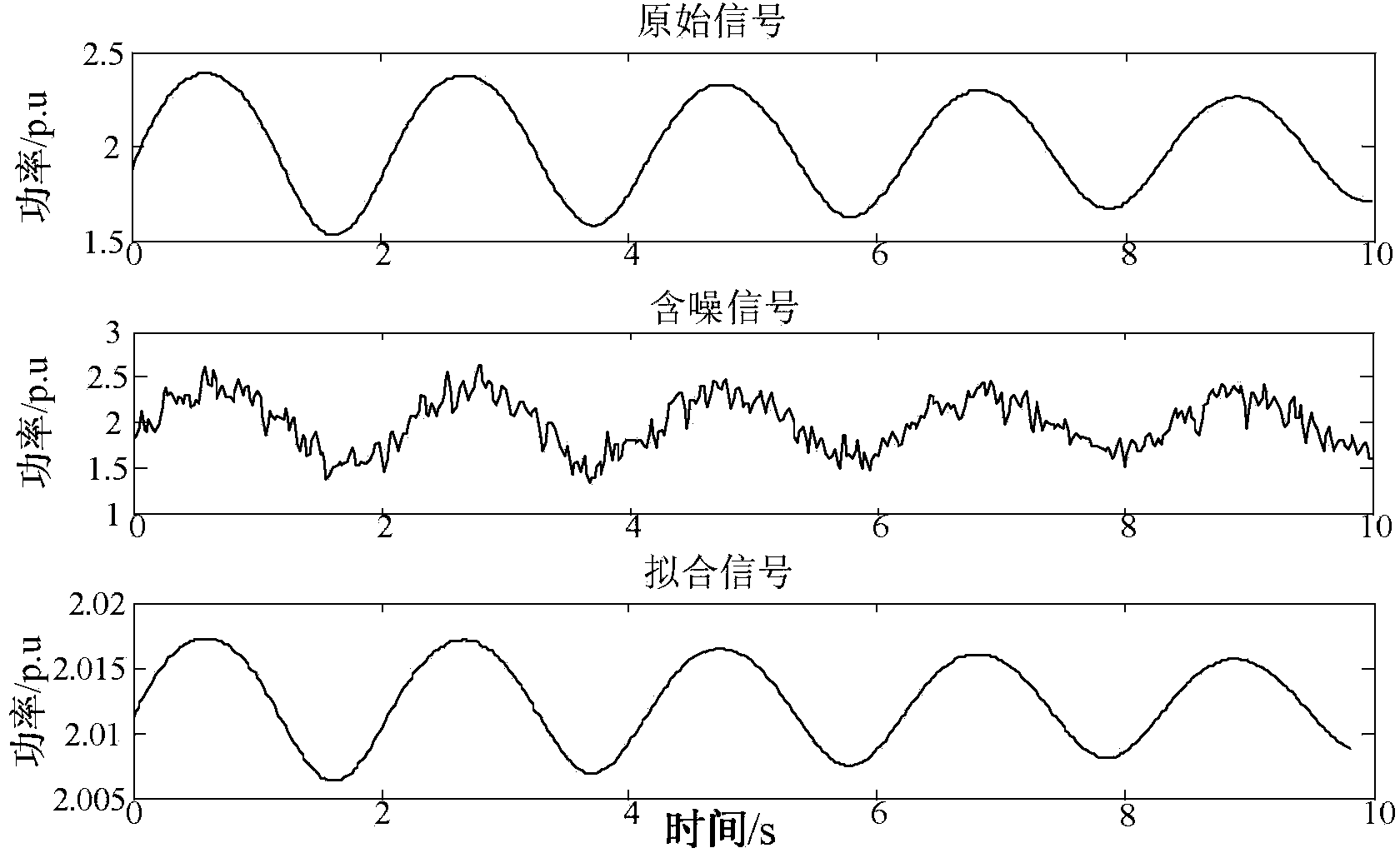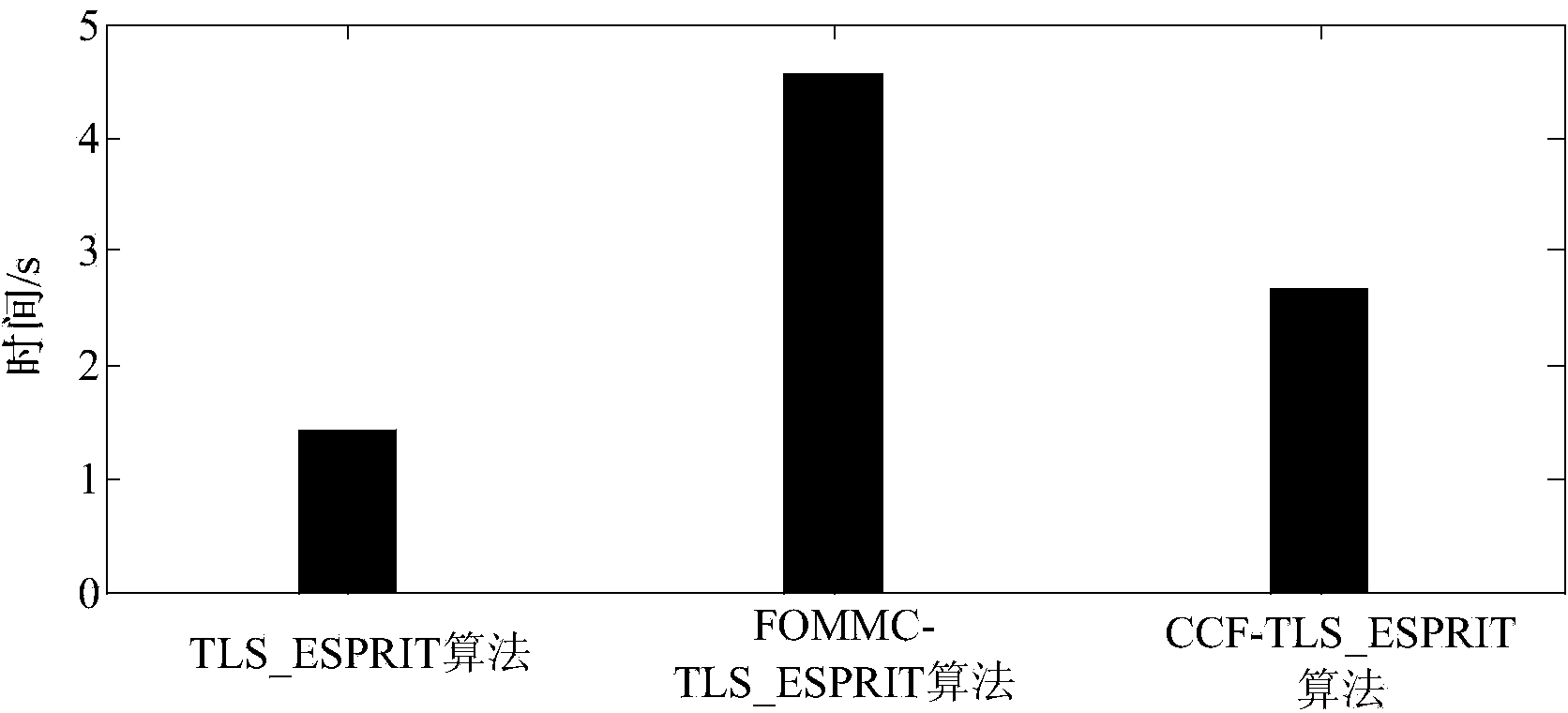Low frequency oscillation online identification method based on cross-correlation function denoising algorithm
A cross-correlation function and low-frequency oscillation technology, which is applied in the field of electrical information, can solve problems that affect the accuracy of low-frequency oscillation mode identification, limited noise processing capabilities, and insufficient colored noise.
- Summary
- Abstract
- Description
- Claims
- Application Information
AI Technical Summary
Problems solved by technology
Method used
Image
Examples
Embodiment
[0047] The four-machine two-area system is selected as a power system simulation example, and the disturbance is set as a three-phase short circuit of AC line AC5, which lasts for 0.05s. Take the power oscillation signal of the AC connection line (AC7) between the two areas of the system as the identification signal.
[0048] Firstly, the AC7 power signal of the AC tie line is identified without noise. In order to compare the performance of the CCF and FOMMC algorithms, the TLS-ESPRIT, FOMMC-TLS-ESPRIT, and CCF-TLS-ESPRIT algorithms are used for identification respectively, and the mode with the largest amplitude is taken. state, as shown in Table 1.
[0049] Table 1 Identification results without adding noise
[0050]
[0051]
[0052] It can be known from Table 1 that this system has a weakly damped interval oscillation main vibration mode, in addition to this, there is a 0.96Hz weakly damped non-main vibration mode. In the absence of noise interference, there is lit...
PUM
 Login to View More
Login to View More Abstract
Description
Claims
Application Information
 Login to View More
Login to View More - R&D
- Intellectual Property
- Life Sciences
- Materials
- Tech Scout
- Unparalleled Data Quality
- Higher Quality Content
- 60% Fewer Hallucinations
Browse by: Latest US Patents, China's latest patents, Technical Efficacy Thesaurus, Application Domain, Technology Topic, Popular Technical Reports.
© 2025 PatSnap. All rights reserved.Legal|Privacy policy|Modern Slavery Act Transparency Statement|Sitemap|About US| Contact US: help@patsnap.com



